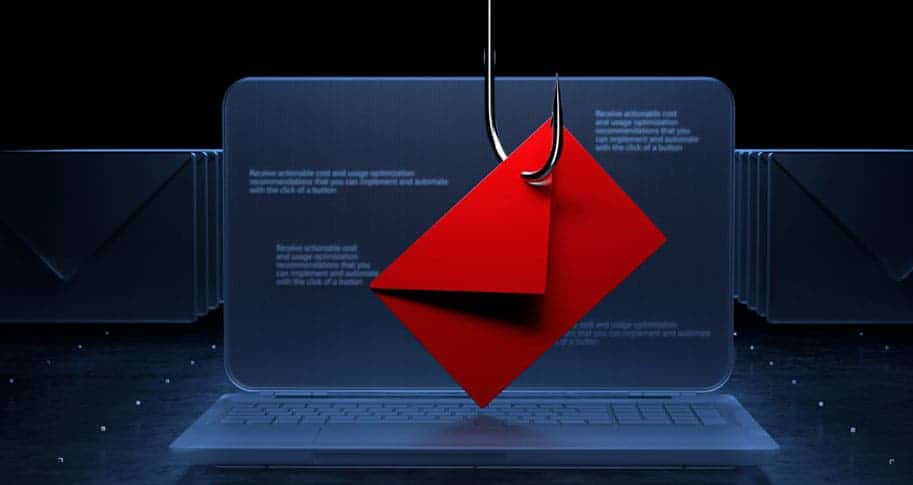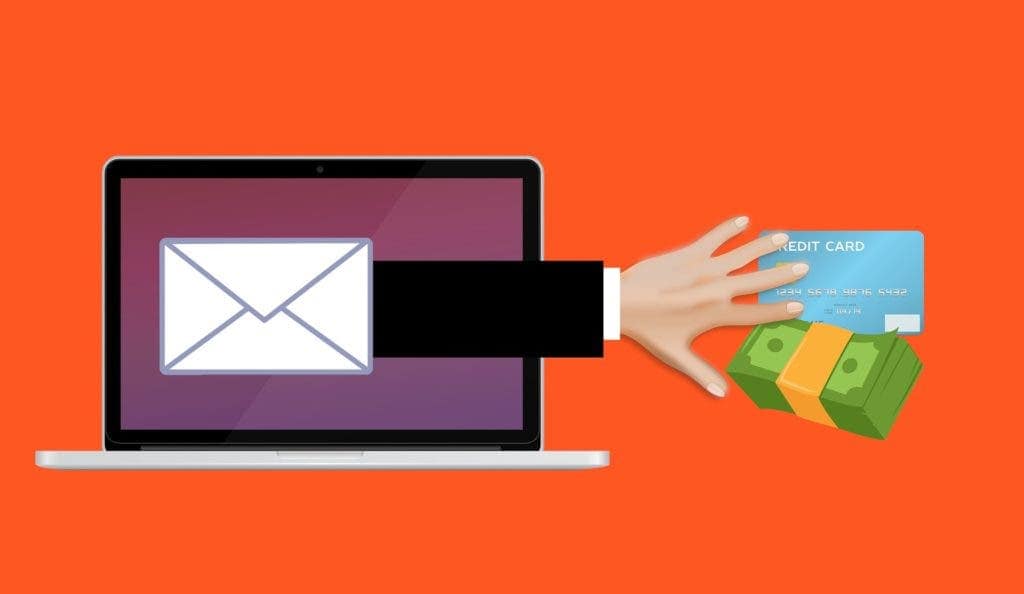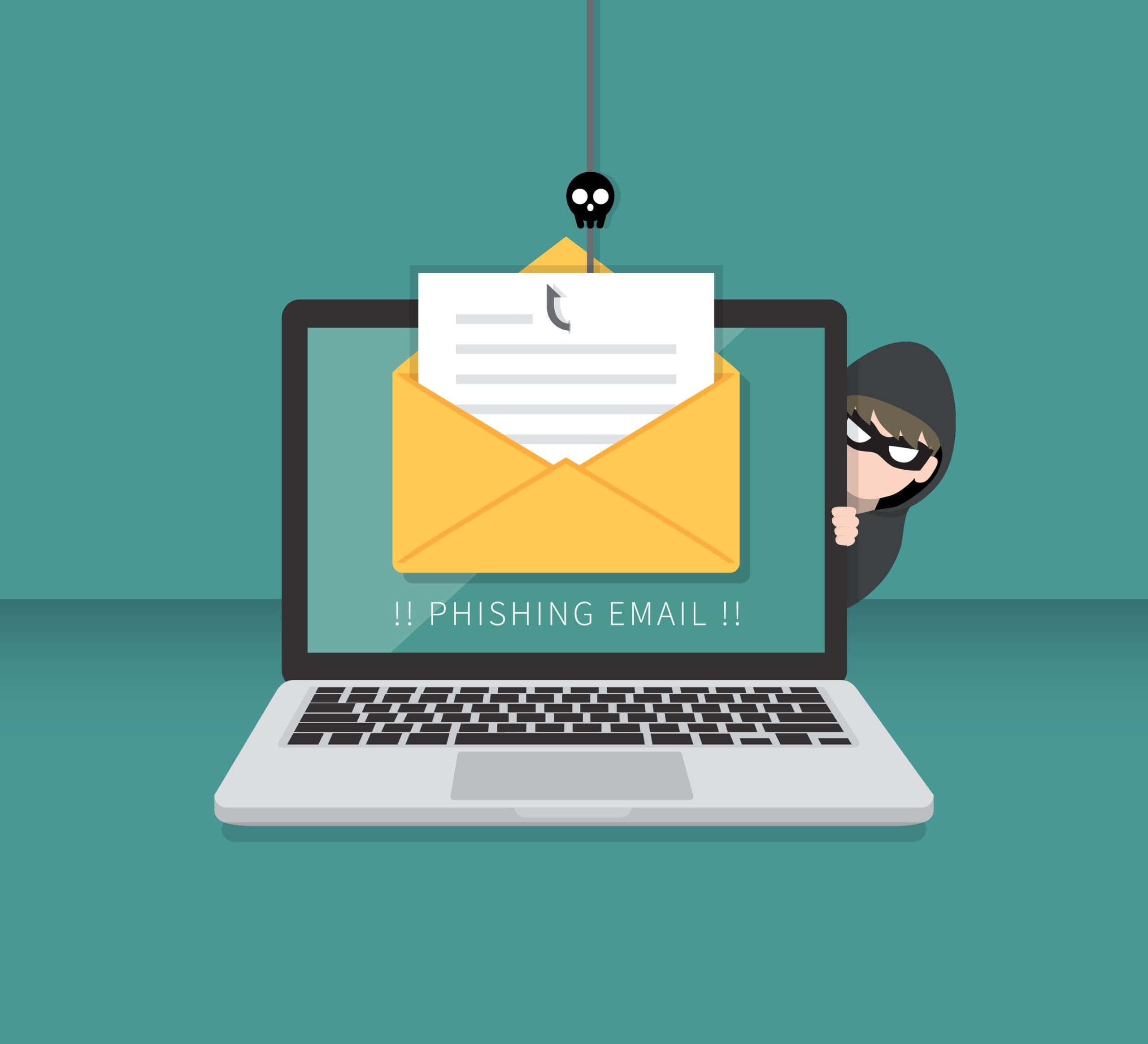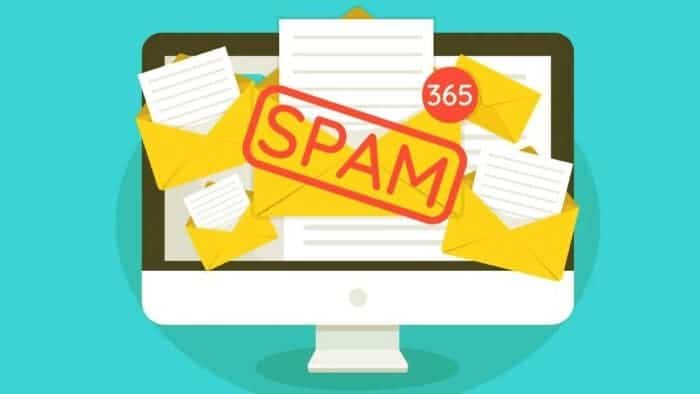In today’s digital age, email remains one of the most critical communication tools for businesses. However, it is also one of the most vulnerable to abuse. According to HornetSecurity, businesses worldwide receive over 20 billion spam emails in 2024, posing significant risks to productivity, security, and data integrity. Spam emails are not just annoying—they can lead to phishing attacks, malware infections, and even financial losses. Protecting your business from spam emails is no longer optional; it’s a necessity.

This guide will walk you through practical steps to safeguard your business from spam emails, ensuring your communication channels remain secure and efficient.
Understanding the Threat: What Are Spam Emails?
Spam emails are unsolicited messages sent in bulk, often for advertising, phishing, or spreading malware. They clog inboxes, waste time, and can compromise sensitive business data. Some common types of spam emails include:
- Phishing Emails: Designed to trick recipients into revealing sensitive information like passwords or credit card details.
- Malware-Laden Emails: Contain attachments or links that, when clicked, install malicious software on your system.
- Advertising Spam: Promotional messages from unknown or untrusted sources.
- Scam Emails: Attempt to defraud recipients through fake offers or requests.
Understanding these threats is the first step toward protecting your business.
The Impact of Spam Emails on Businesses
Spam emails are more than just a nuisance. They can have severe consequences for businesses, including:
- Reduced Productivity: Employees waste time sorting through and deleting spam emails.
- Security Risks: Phishing and malware attacks can lead to data breaches and financial losses.
- Reputation Damage: If your business email is compromised, it can be used to send spam to clients, damaging your reputation.
- Increased Costs: Managing spam requires additional IT resources and software investments.
Given these risks, it’s crucial to implement robust measures to protect your business.

How to Protect Your Business from Spam Emails
1. Use Advanced Email Filtering Solutions
Email filtering is one of the most effective ways to block spam. Modern email services like Microsoft 365 and Google Workspace come with built-in spam filters, but you can enhance protection with third-party solutions. Look for features like:
- AI-Powered Filtering: Detects and blocks spam based on patterns and behaviour.
- Real-Time Blocklists: Blocks emails from known spam sources.
- Custom Rules: Allows you to create rules to filter specific types of emails.
2. Train Employees to Recognize Spam
Human error is one of the leading causes of spam-related security breaches. Educate your employees on how to identify and handle suspicious emails. Key tips include:
- Avoid Clicking Unknown Links or Attachments: Verify the sender’s identity before interacting with the email.
- Check for Red Flags: Poor grammar, urgent requests, and unfamiliar sender addresses are common signs of spam.
- Report Suspicious Emails: Encourage employees to report spam to the IT department for further investigation.
3. Implement Multi-Factor Authentication (MFA)
Spam emails often aim to steal login credentials. Multi-factor authentication adds an extra layer of security by requiring users to verify their identity through a second method, such as a text message or authentication app. This makes it much harder for attackers to gain access to your systems.
4. Use Disposable Email Addresses for Public Use
If your business requires email addresses for public use (e.g., for contact forms or newsletters), consider using disposable or alias email addresses. These can be deactivated if they start receiving spam, protecting your primary business email accounts.
5. Regularly Update Software and Systems
Old software is a weak spot for malware sent through spam. Make sure all systems, like email tools, OS, and antivirus apps, get the latest fixes often. Updates patch bugs that hackers use to break in. Set your apps to update on their own, or check for new fixes each week. This small step can block many threats and keep your data safe. Don’t skip updates—they are your first line of defense.
6. Enable Email Authentication Protocols
Email authentication protocols like SPF (Sender Policy Framework), DKIM (DomainKeys Identified Mail), and DMARC (Domain-based Message Authentication, Reporting, and Conformance) help verify the authenticity of incoming emails. These protocols prevent spammers from spoofing your domain and reduce the chances of phishing attacks.

7. Monitor and Analyze Email Traffic
Regularly monitor your email traffic to identify unusual patterns or spikes in spam. Many email security solutions provide analytics and reporting tools to help you track and address potential threats.
8. Create a Clear Email Policy
Establish a company-wide email policy that outlines best practices for handling emails. This should include guidelines on:
- Acceptable Use: Define what constitutes appropriate use of business email accounts.
- Password Management: Require strong, unique passwords for email accounts.
- Reporting Procedures: Specify how employees should report spam or suspicious emails.
9. Invest in Anti-Spam Software
While built-in email filters are helpful, dedicated anti-spam software offers advanced features like:
- Behavioural Analysis: Detects spam based on user behaviour and email content.
- Quarantine Management: Allows you to review and release legitimate emails mistakenly flagged as spam.
- Customizable Settings: Tailor the software to meet your business’s specific needs.
10. Regularly Back Up Data
In the event of a spam-related security breach, having up-to-date backups ensures that your business can recover quickly. Implement a robust backup strategy that includes:
- Frequent Backups: Schedule regular backups of critical data.
- Offsite Storage: Store backups in a secure, offsite location.
- Testing: Regularly test backups to ensure they can be restored if needed.
The Role of Employee Awareness in Spam Prevention
While tech helps fight spam, staff know-how is just as key. Hold regular training to teach your team about new spam tricks and how to stop them. Build a culture of care where workers feel safe to flag odd emails without fear.
As spammers grow smarter, so must our tools. New tech like AI and blockchain is being tested to boost email safety. For instance, AI can scan lots of data to spot new spam trends, while blockchain can check if email senders are real.
Final Words
Spam emails are a big threat to firms, but with the right steps, you can cut their harm. By using tech, training staff, and keeping watch, you can build a strong shield against spam. Keep in mind, that guarding your firm from spam is not a one-time task—it needs constant care and change to stay ahead of new risks.
Use the tips in this guide, and you will be on track to keep your firm safe from the billions of spam emails sent each day. Your work, safety, and peace of mind may depend on it.





